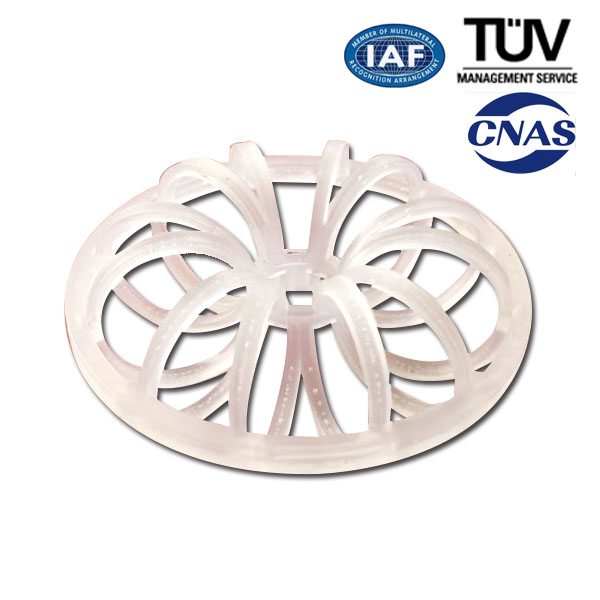Excellent quality for Reinforced PTFE Gasket for French Factories
Excellent quality for Reinforced PTFE Gasket for French Factories Detail:
Modified PTFE gaskets improved performance over conventional PTFE, Reduced product loss and emissions. Excellent bolt torque retention, unique manufacturing process minimizes cold flow problems typical of skived and expanded PTFE Sheets. Withstands a wide range of chemicals for extended service life in a wide variety of applications.
Technical Data Sheet
|
Property |
Unit |
Standard |
|
Color |
|
Blue |
|
Composition |
|
PTFE with glassfiber |
|
Temperature Range |
℃ |
-268~+260 |
|
Pressure |
bar |
55 |
|
Sealability (GB/T9129-2003) |
cm3/s |
< 1 x 10-3 |
|
Creep Relaxation ASTM F38 |
% |
35 |
|
Compressibility Range ASTM F36-99 |
% |
25~40 |
|
Recovery ASTM F36-99 |
% |
>25 |
|
Tensile Strength ASTMF 152-95 |
N/mm2 |
12 |
|
Flammability |
Will not support flame |
|
|
Bacterial Growth |
Will not support |
|
Application Area
It can be used for mechanical seal, chemical anticorrosion, chemical process vessel seal, machine tool guideways lubrication, bridge construction support slider and various kinds of pipe sealing in high temperature and high corrosive condition.
Product detail pictures:

Related Product Guide:
What Is A PTFE Ring Gasket?
O-Ring Sizes for Industrial Applications
Excellent quality for Reinforced PTFE Gasket for French Factories, The product will supply to all over the world, such as: , , ,






